The art of jewelry making has always been a delicate balance between aesthetics and precision. Among the various techniques employed by master craftsmen, micro-pave setting, often referred to as micro-pavé or dense bead setting, stands out as one of the most intricate and visually stunning methods. This technique involves the meticulous placement of tiny gemstones in a closely packed arrangement, creating a surface that appears to be entirely covered in shimmering brilliance. The density of the stone arrangement is not merely a matter of visual appeal but also a testament to the jeweler's skill and patience.
At the heart of micro-pavé lies the concept of arrangement density, which determines how tightly the stones are set against one another. Unlike traditional settings where stones are spaced apart, micro-pavé demands an almost seamless integration of each gem. The higher the density, the more challenging the setting process becomes, as each stone must be perfectly aligned to avoid gaps or overlaps. This requires not only a steady hand but also an intimate understanding of the stones' dimensions and the metal's behavior under pressure.
The process begins with the careful selection of gemstones. Since micro-pavé relies on uniformity, stones must be nearly identical in size and shape. Even the slightest variation can disrupt the pattern, leading to an uneven appearance. Once selected, the stones are placed into pre-drilled holes in the metal surface. The jeweler then uses specialized tools to push tiny beads of metal over the edges of each stone, securing them in place. The precision required for this step is immense, as excessive force can damage the stone, while insufficient pressure may result in a loose setting.
One of the most fascinating aspects of micro-pavé is its ability to transform light. Due to the high density of stones, light reflects and refracts across multiple surfaces simultaneously, creating a dazzling effect that single-stone settings simply cannot replicate. This makes micro-pavé particularly popular for engagement rings and statement pieces, where maximum sparkle is desired. However, achieving this effect is no small feat—it often takes hours, if not days, to complete a single piece, depending on its complexity.
While micro-pavé is often associated with diamonds, it can be applied to a variety of gemstones, including sapphires, rubies, and even colored diamonds. The choice of stone can significantly influence the final appearance. For instance, colored stones arranged in high density can create a gradient or mosaic effect, adding another layer of artistry to the piece. The metal used for the setting also plays a crucial role. White gold and platinum are popular choices due to their durability and ability to complement the stones' brilliance, but rose gold and yellow gold can add a warm contrast that enhances certain gem colors.
Despite its beauty, micro-pavé is not without its challenges. The tight arrangement of stones means that any damage to one gem can affect the entire setting. Additionally, cleaning and maintenance require extra care, as dirt and oils can easily become trapped between the stones. Jewelers often recommend ultrasonic cleaners for micro-pavé pieces, but even these must be used cautiously to avoid loosening the tiny beads that hold the stones in place.
The evolution of micro-pavé has been closely tied to advancements in jewelry-making technology. Modern tools, such as laser drills and computer-aided design (CAD) software, have made it easier to achieve higher densities with greater accuracy. Yet, even with these innovations, the technique remains largely dependent on the skill of the artisan. There is an undeniable human element to micro-pavé—a blend of artistry and engineering that machines alone cannot replicate.
In recent years, micro-pavé has expanded beyond traditional jewelry into avant-garde designs. Some contemporary pieces incorporate irregular stone shapes or mixed gem types, pushing the boundaries of what dense bead setting can achieve. Others experiment with negative space, using the high-density areas to create contrast and focal points. These innovations highlight the versatility of micro-pavé and its enduring appeal in an industry that constantly seeks new ways to captivate.
For those considering a micro-pavé piece, it’s essential to work with a jeweler who specializes in this technique. Not all craftsmen have the expertise to execute high-density settings flawlessly, and a poorly done micro-pavé can detract from the piece's beauty rather than enhance it. A skilled jeweler will not only ensure the stones are set securely but also advise on the best materials and designs to suit the wearer's lifestyle and preferences.
Ultimately, micro-pavé represents the pinnacle of jewelry craftsmanship. Its intricate beauty is a testament to the patience, precision, and creativity of the artisans who master it. Whether adorning a classic solitaire ring or a bold contemporary bracelet, the dense arrangement of stones in micro-pavé settings continues to captivate and inspire, proving that sometimes, the most breathtaking results come from the smallest details.
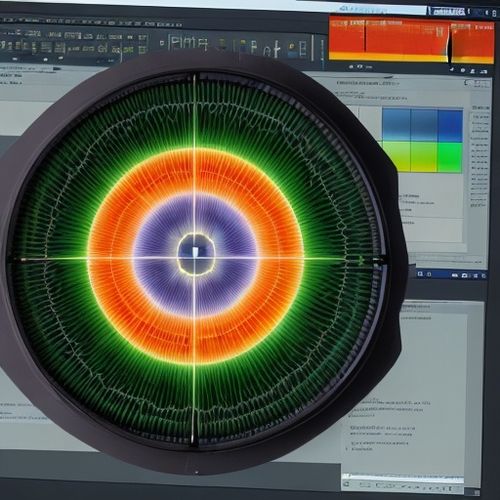
By Megan Clark/Apr 28, 2025
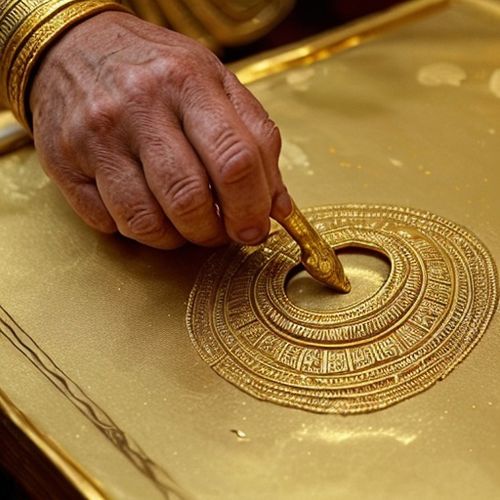
By Daniel Scott/Apr 28, 2025

By Christopher Harris/Apr 28, 2025

By Daniel Scott/Apr 28, 2025
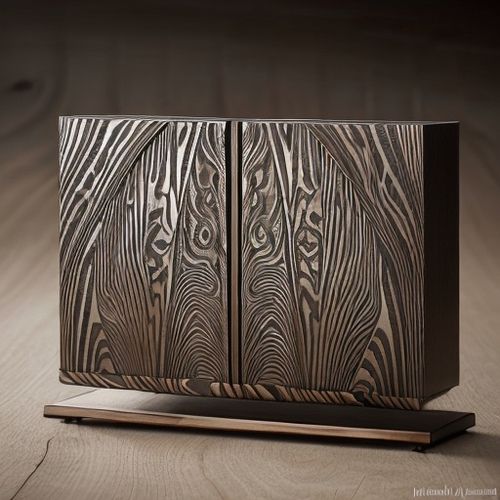
By Megan Clark/Apr 28, 2025
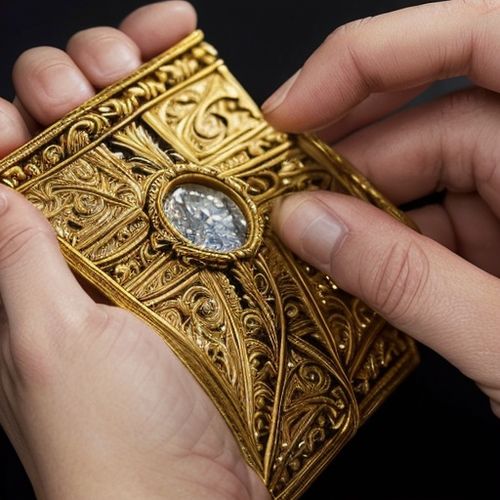
By Grace Cox/Apr 28, 2025
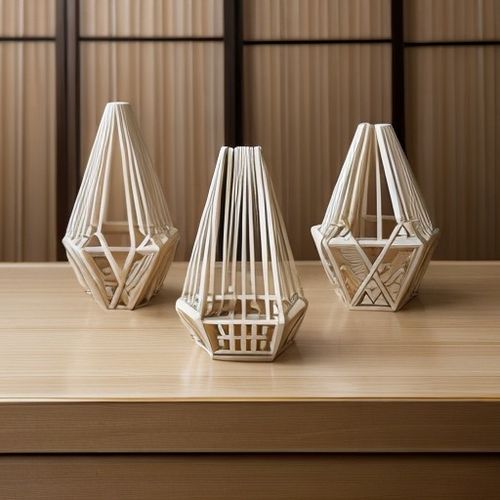
By James Moore/Apr 28, 2025

By Rebecca Stewart/Apr 28, 2025

By Jessica Lee/Apr 28, 2025

By Laura Wilson/Apr 28, 2025

By Emily Johnson/Apr 28, 2025

By John Smith/Apr 28, 2025

By Thomas Roberts/Apr 28, 2025
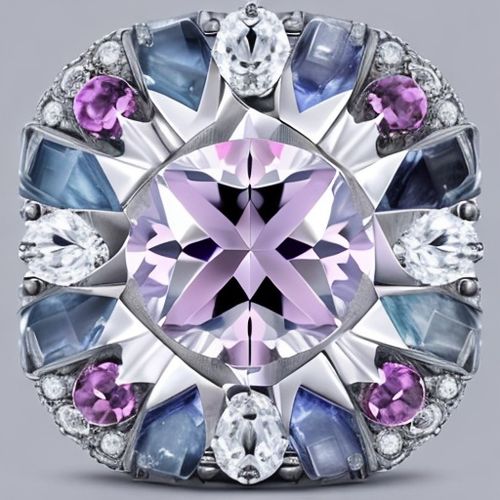
By Emma Thompson/Apr 28, 2025
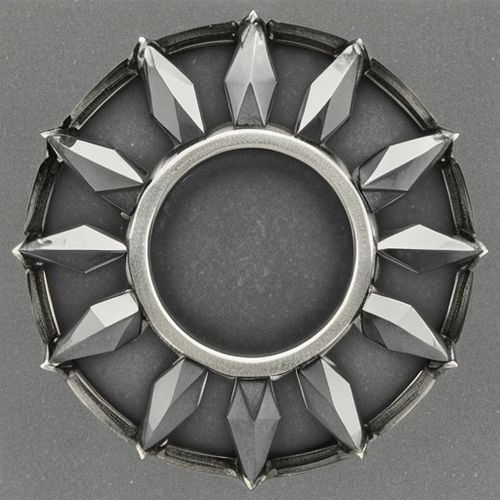
By John Smith/Apr 28, 2025

By David Anderson/Apr 28, 2025

By Olivia Reed/Apr 28, 2025
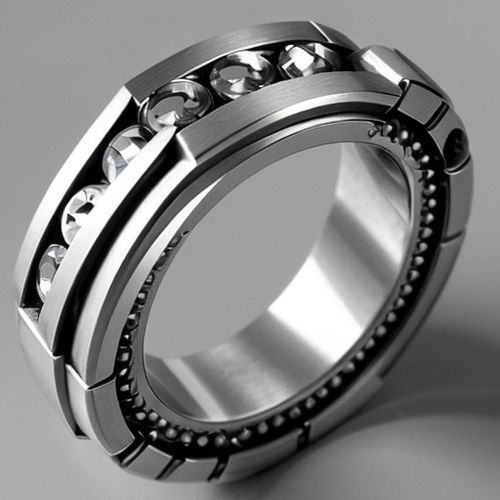
By Christopher Harris/Apr 28, 2025

By Emily Johnson/Apr 28, 2025
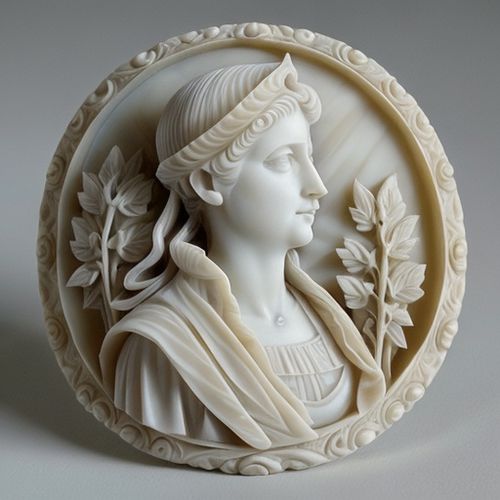
By Grace Cox/Apr 28, 2025